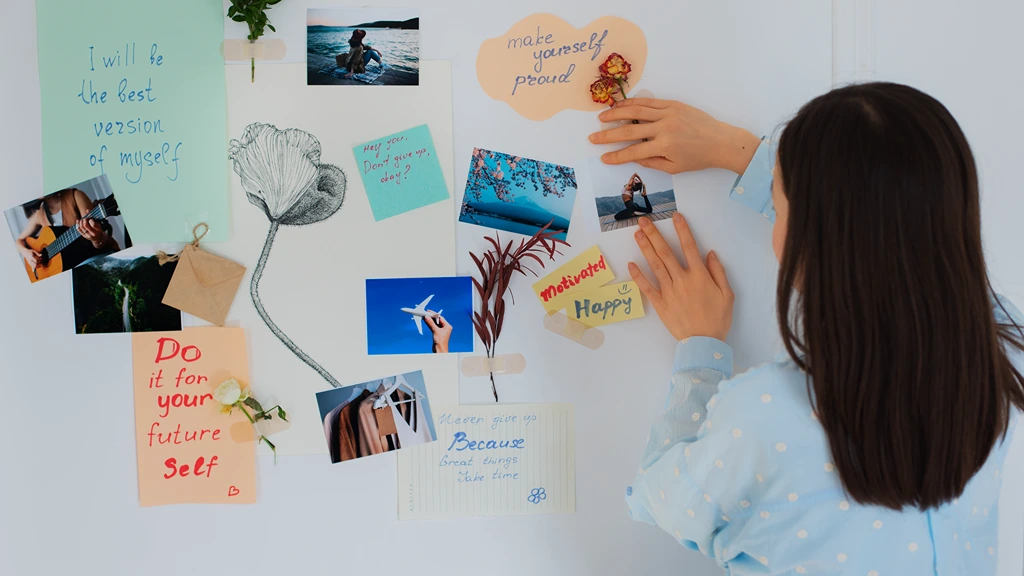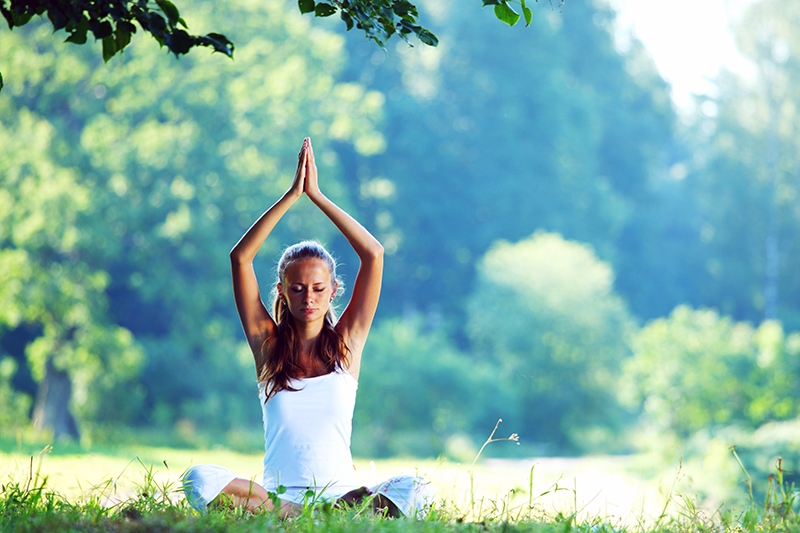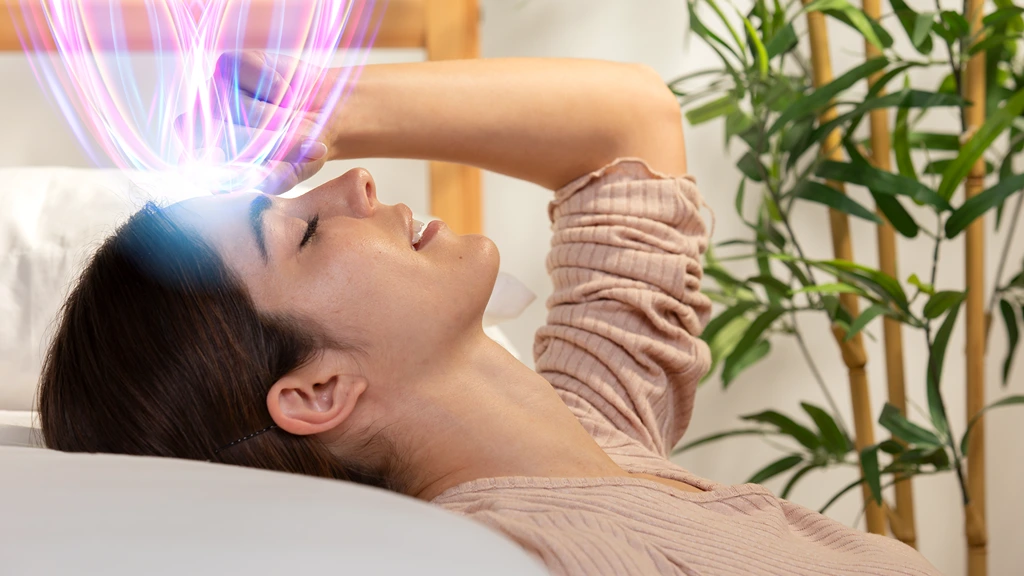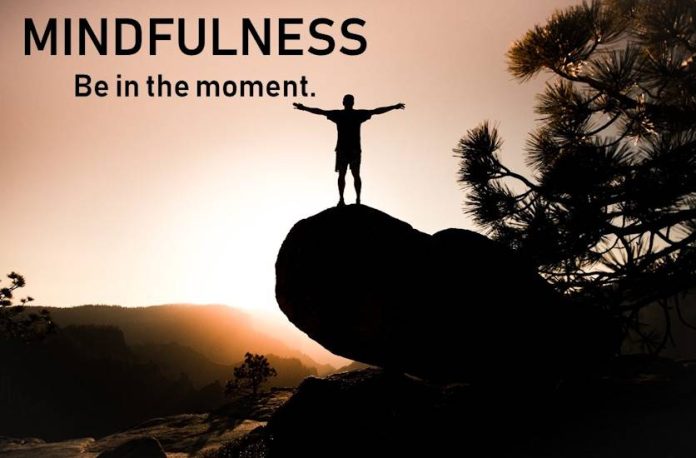Modern life is often filled with busyness, stress, and endless demands. Many of us feel stuck in daily routines that make us lose touch with ourselves and the world around us. In the middle of all this, the idea of Mindful Living has become a way to bring more peace, balance, and meaning into our busy lives. It’s not just a trend, but it’s a way of living that helps us stay present in the moment and reduce stress.
Mindful living helps us focus on the present moment, instead of getting stuck thinking about the past or worrying about the future. It means being aware of our breathing, body sensations, thoughts, feelings, and the world around us. This practice can improve our overall quality of life and help create a better future.
So, how can we start living mindfully? Let’s find out!
1. Breathing Practice
 Breathing practice for mindful living focuses on slow, deep breaths to calm the mind and body. By paying close attention to your breath, you increase awareness, reduce stress, and stay present in the moment.
Breathing practice for mindful living focuses on slow, deep breaths to calm the mind and body. By paying close attention to your breath, you increase awareness, reduce stress, and stay present in the moment.
2. Mindset Shift
 Mindset shift means becoming aware of negative thought patterns and intentionally replacing them with positive, empowering beliefs. This helps create new habits and a better, more mindful life.
Mindset shift means becoming aware of negative thought patterns and intentionally replacing them with positive, empowering beliefs. This helps create new habits and a better, more mindful life.
3. Managing Emotions
Managing emotions by recognizing and accepting them without judgment, then consciously choosing to focus on positive feelings. This helps you stay balanced and mindful in daily life.
4. Intentional Living
 Instead of going through daily life on autopilot, we set clear intentions for every action and decision. This helps us focus our energy on what we truly want to achieve, creating positive change and a more meaningful life. Setting intentions connects our thoughts, feelings, and actions, allowing us to live more consciously and take control of our future.
Instead of going through daily life on autopilot, we set clear intentions for every action and decision. This helps us focus our energy on what we truly want to achieve, creating positive change and a more meaningful life. Setting intentions connects our thoughts, feelings, and actions, allowing us to live more consciously and take control of our future.
5. Try Meditation
 We can do four types of meditation below to help individuals stay present in the present moment and create a new, more positive reality:
We can do four types of meditation below to help individuals stay present in the present moment and create a new, more positive reality:
- Sitting Meditation
Sitting meditation involves sitting quietly, focusing on your breath, and becoming aware of your body and thoughts without judgment. Then, you visualize your goals as already achieved and feel positive emotions like gratitude. End the meditation with a thankful mindset before opening your eyes. This helps shift your inner state and create a better life.
• Standing Meditation
Standing meditation starts by standing still, closing your eyes, and calming your mind and body. You focus on your heart and feel positive emotions like gratitude. Then, you slowly open your eyes and begin walking mindfully, imagining you’re already living your desired future. Each step represents moving closer to that new reality.
Walking meditation involves walking slowly and mindfully while focusing on your breath, posture, and steps. As you walk, you imagine your best self and feel positive emotions like joy or gratitude, as if you’ve already become that person. Each step helps you connect your mind, body, and future vision.
• Lying-Down Meditation
Lying-down meditation involves relaxing quietly, focusing on your breath, and calming your mind and body. You let go of negative thoughts and imagine a positive future, feeling peaceful and grateful. This helps change your mindset deep inside.
6. Creative Visualization
 Creative visualization involves clearly imagining your goals as if they’ve already happened, while feeling the positive emotions that come with achieving them. This practice helps train your mind and body to believe in that new reality, supporting mindful living and positive change.
Creative visualization involves clearly imagining your goals as if they’ve already happened, while feeling the positive emotions that come with achieving them. This practice helps train your mind and body to believe in that new reality, supporting mindful living and positive change.
7. Mindfulness Journaling
 Mindfulness journaling involves regularly writing down your thoughts, feelings, and experiences with full awareness. This helps you notice patterns, stay present, and track your progress toward positive change in your life.
Mindfulness journaling involves regularly writing down your thoughts, feelings, and experiences with full awareness. This helps you notice patterns, stay present, and track your progress toward positive change in your life.
8. Build Positive Habits
 Build positive habits by consistently practicing healthy routines, like regular exercise, good sleep, and mindful moments, to support a balanced and aware life.
Build positive habits by consistently practicing healthy routines, like regular exercise, good sleep, and mindful moments, to support a balanced and aware life.
The above methods help strengthen meditation and make the practice of mindful living more comprehensive in everyday life.
The Impact of Mindful Living Practices
Here are the benefits of mindful living:
1. Reduces stress and worry
Focusing on the present helps lower negative thoughts and stress.
2. Improves physical and mental health
Being aware helps your body and brain work better.
3. Better control of thoughts and feelings
Helps you avoid getting stuck in negative emotions and automatic thinking.
4. Speeds up positive changes
Clear intentions and visualization help create a better life faster.
5. Increases happiness and well-being
Being mindful helps you enjoy life and feel grateful.
6. Strengthens connection between mind and body
Helps balance your emotions, thoughts, and actions for better results.
7. Helps create the future you want
Focusing on goals and visualizing positive outcomes brings good experiences.
8. Boosts creativity and intuition
Being more aware opens your mind to new ideas and inspiration.
Mindful living is not about drastically changing your life, but about appreciating and enjoying life in every second that is lived. With complete awareness, we can find peace amidst the busyness of the modern world.
Do it with consistency and strong intention, then you can start to feel the benefits of this mindful living practice in your daily life.
How about you? What do you do to overcome anxiety or overthinking? Share your experience in the comments column.







